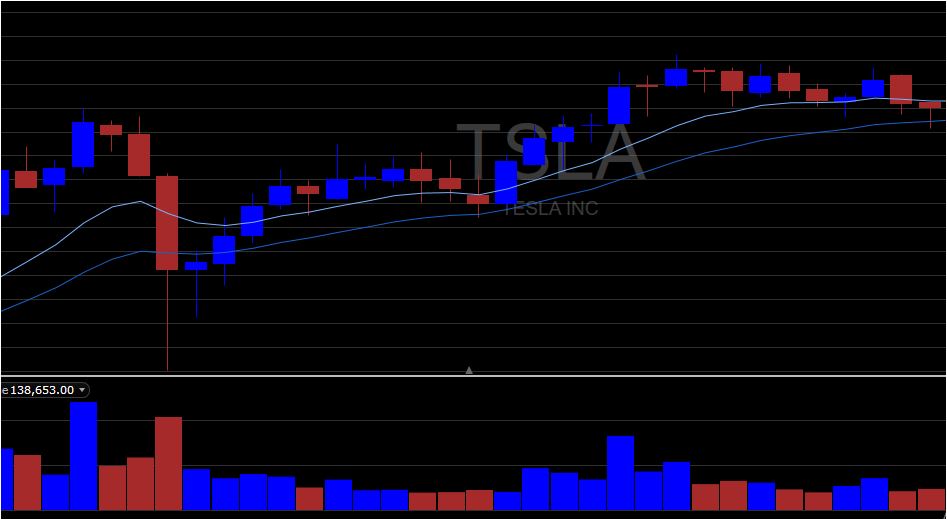What is scalping?
Scalping is a trading strategy where traders focus on taking small gains rather than huge returns, according to Zacks. This means that a small change in the price will be enough for the scalper to start selling. The main goal is to accumulate a good number of winning trades which will add up to a huge gain.
As a scalper, your main goal is not the size of your wins. Instead, your goal is to make as many wins as possible. By using this technique, you will lock in profits on your winning trades. The more winning trades you make, the quicker your portfolio increases.
You will also avoid major losses, should the stock reverse the trend.
Benefits of scalping
One of the biggest setbacks of scalping is that one major loss can wipe out all small gains you have been collecting for a long time. The good news is that you will not experience this issue since you would have exited the trade.
Scalping will ensure that you lock in some profits. If the stock ends up going down, you would have made a profit already. Some traders reduce their position sizes in increments. For example, a trader can sell 50% of his/her position in the first round, then 25% in the second round, etc. If the stock reverses the trend, he/she can sell the remaining shares at the purchase price and still make a profit on the 50% shares he/she sold on the first round.
Disadvantages of scalping
As a scalper, you will exit your trades as soon as you start making a profit. By using this strategy, you will lock in small gains on winning trades. What if the stock you bought continued to move up? This means that you would have taken a small gain that could have been tripled or quadrupled if you held your position.
In addition, your chances of losing money in the market will increase the longer and more you trade. This is because our emotions play an important role in the decisions we make. If you lose money on one trade, you will immediately want to make it back. As a result, it will be difficult for you to make better trading decisions when your mind is overshadowed by emotions.
Furthermore, taking in small gains is not always a good idea. One wrong move can wipe out all the small gains you have accumulated. For this reason, scalping is a risky trading strategy for novices and undisciplined traders.
How to become successful at scalping?

An investor who is engaged in scalping must have an exit strategy and stick to it. This will ensure that all profits are taken whenever the stocks or securities are profitable.
The exit strategy should also include loss prevention methods. In order words, your risk tolerance should be much less than what you are winning. For example, if you are making 3 cents per share, you should stop your losses before you lose 3 cents. Exiting your trades at one cent, for example, could be meaningful. This will mean that you are losing $1, to make $2.
The main benefit of keeping your losses minimal is to protect your portfolio from a major loss. One single major loss can wreck your portfolio and wipe out all small gains you have been accumulating for a long time. If this happens, it will take you a long time to make the money you lost on a single losing trade.
Another important factor is that you should keep your position size small enough and target maximum profits possible. The more money you have in a security, the more you lose if the price moves against you.
Since you are getting small profits from each trade, you must make a lot of trades and win most of them in order to make a meaningful profit. That is your small wins will add up to a nice sizable win as long as you stay consistent.
Having direct access to information and a trading platform will play an important role in your success. You must always know that short term price movements are usually dictated by news about the company and short-term economic performances. Having access to all these events will make you one of the first individuals to learn about good or bad news about the market and companies, in general. This will lead you to make more certain and profitable trades.









